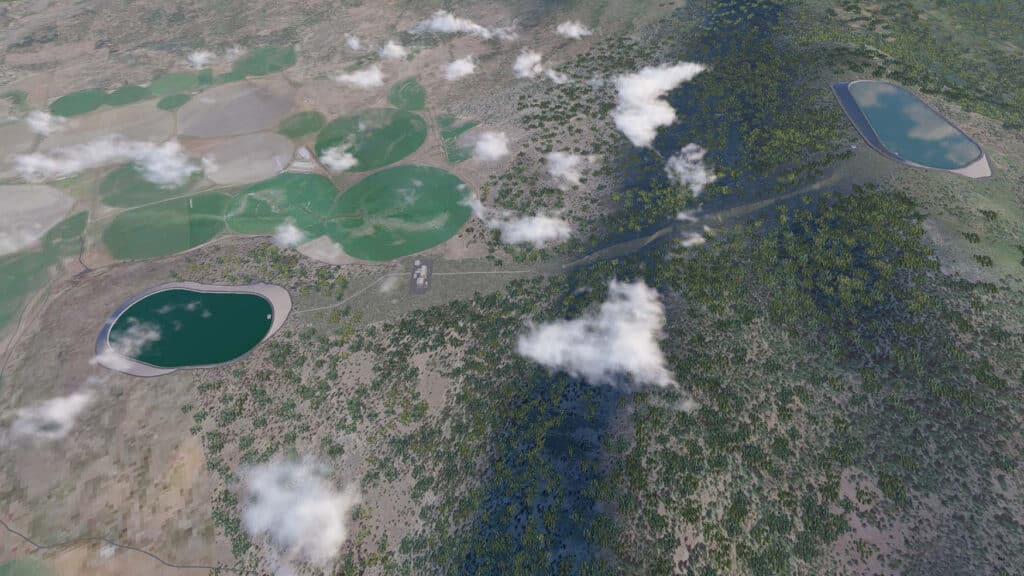One of the challenges with adopting renewable energy at scale is storage: where does the energy come from when the sun isn’t shining or the wind stops blowing? Enter the Swan Lake “Water Battery” renewable energy storage solution in Klamath County. This technology has been used around the world for decades, but it’s the first such facility built in the U.S. for many years-and the first to be built in Oregon.
According to the Swan Lake team:
The Swan Lake Energy Storage Project is a critical piece of infrastructure needed to help Oregon and the Pacific Northwest transition to a 100% emissions-free energy grid.
Oregon set a goal to phase out fossil fuel generation and use 100% clean energy by 2040. To make this transition, we need a seamless way to store excess renewable energy and deploy it when we need it most.
The Swan Lake Energy Storage Project located in Klamath County uses pumped storage technology, a time-tested and environmentally friendly way to store renewable energy at scale. The Swan Lake project will be able to store renewable energy for up to 9.5 hours and then release that energy to power about 125,000 homes in the Pacific Northwest.
Closed-loop pumped storage facilities act like a giant water battery. They consist of two reservoirs at different elevations connected by a pipe with reversible turbines. When demand for electricity is low, excess renewable energy is used to pump water from the lower to the upper reservoir. When demand for electricity is high, water is released from the upper reservoir and flows downhill. The water spins turbines to generate electricity. Then the facility repeats this cycle, continually storing and dispatching clean energy.
We’re excited to watch this facility being built.
When you have large areas of land available for development, this technology is superior to other gris-scale energy storage methods because of its simplicity: it’s just moving water back and forth. We look forward to learning more about this exciting technology in the years to come. The facility is expected to be operational in 2028.
For homes and businesses, the best solution to store energy for use when the sun isn’t shining is Tesla Powerwall. The combination of energy storage solutions, both large and small, will help us create a future energy paradigm that is both sustainable and reliable. Interested in learning more? Give us a call today. We love to talk energy storage solutions!

